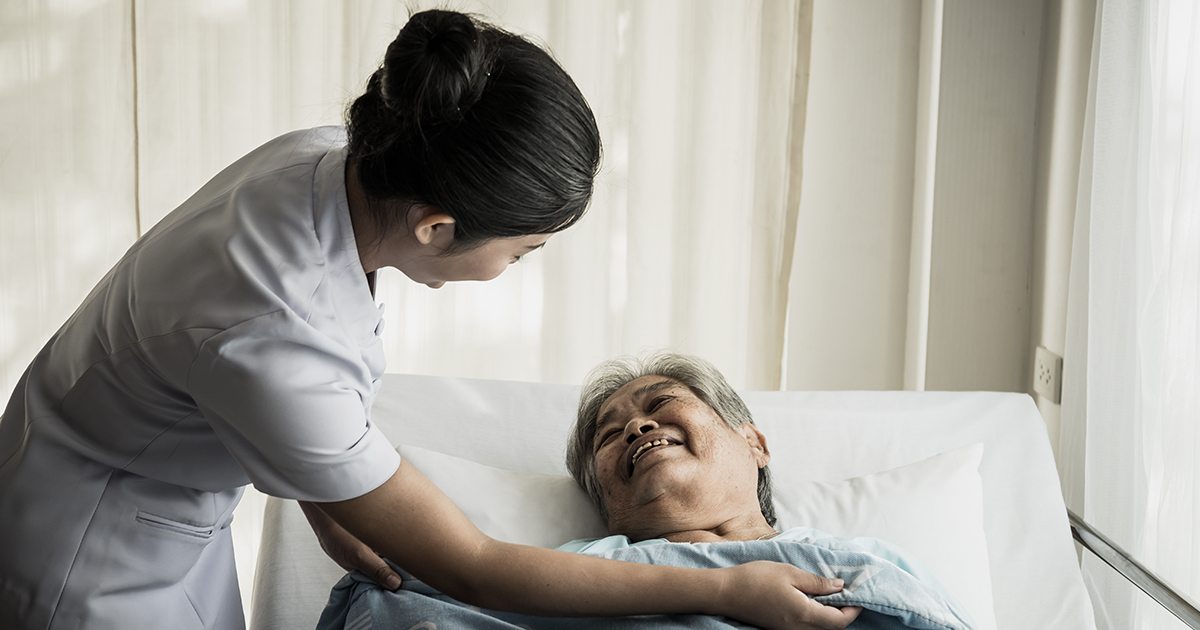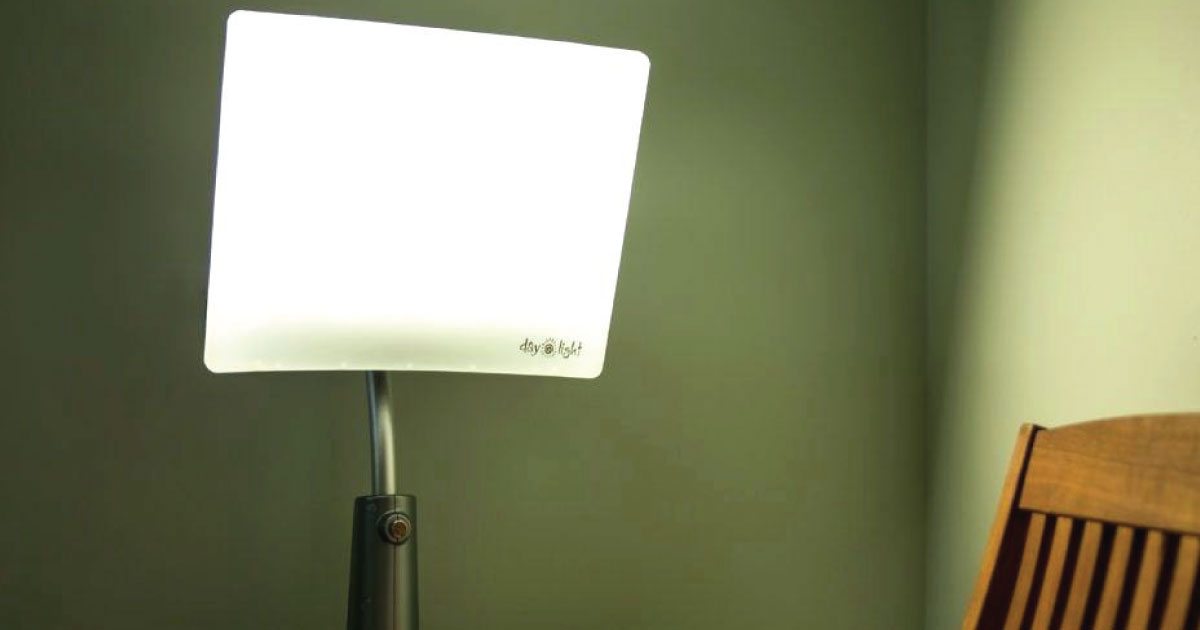Category: For Your Family

It’s the Little Things That Make the Holiday Special for Mesothelioma Patients
This weekend, people around the world will be celebrating the holidays with family and friends. Mesothelioma patients and their families are more than likely taking a little extra time to appreciate the little things that make their time together special. Whether it is enjoying the lights of the season, a light snow falling, a football game on TV, a fire in the fireplace or the bite of a delicious cookie, taking the time to sit back and enjoy the simple pleasures of life can ease some of the stress of the season.
Unfortunately, treatments, doctors’ appointments, and the pain of the disease don’t stop during the holiday season. But patients who take the time to forget about their disease, if for just one day, will feel a little more relaxed when they return for their next appointment.
If you have a friend or a loved one suffering from a serious illness, consider taking the time to send a hand-written card, deliver a homemade treat or simply stop by for a short visit to let them know you are thinking of them.
While many factors determine survival for a mesothelioma patient, such as treatment plan and overall health and fitness of the patient, physicians also believe that a positive outlook and affirming thoughts can result in the improvement in a patient’s health. Mesothelioma patients should try to use the holiday cheer to help raise their mood and lower their anxiety level to help them feel better. Maybe those feelings will carry into the next day, week and month.
Warm wishes from all of us at MesotheliomaHelp.

Celebrate Mesothelioma Survivors Every Day
June 5 was National Cancer Survivors Day, a day set aside to ” to honor cancer survivors and to show the world that life after a cancer diagnosis can be fruitful, rewarding, and even inspiring.”Although this day has come and gone, chances are high that mesothelioma patients are aware of their cancer every day of the year. It is important that you also set aside time throughout the year to reach out and support a mesothelioma survivor.
June 5 was a day for mesothelioma survivors and their families to join the nearly 14.5 million other Americans, and millions more around the world, who have survived cancer. The day was a day for CELEBRATION for those who have survived, an INSPIRATION for those recently diagnosed, a gathering of SUPPORT for families, and an OUTREACH to the community, according to the National Cancer Survivors Day Foundation who sponsors the day. We encourage all of the mesothelioma community to take the time out to celebrate with mesothelioma survivors and their families – each and every day of the year.
Mesothelioma is a terminal cancer caused by past exposure to asbestos, a known carcinogen. Although there is no cure for the cancer, advances in treatments are helping patients live longer, more productive lives than in the past. These mesothelioma survivors, defined by the National Cancer Survivor’s Day Foundation as anyone living with a history of cancer – from the moment of diagnosis through the remainder of life, show true grit and strength every day while continuing to fight this dreadful disease.
“When most people hear the word ‘cancer,’ they automatically think the worst,” says National Cancer Survivors Day Foundation spokesperson, Laura Shipp in a May 20 press release announcing the day. “But the truth is that more people are living longer and better quality lives after cancer than ever before. National Cancer Survivors Day® is an opportunity for these cancer survivors – and those who support them – to come together and celebrate this new reality in cancer survivorship.”
In a statement on survivors day, Douglas R. Lowy, MD, Acting Director, National Cancer Institute, and Robert T. Croyle, PhD, Director, NCI Division of Cancer Control and Population Sciences, recognized the challenges cancer survivors face every day and acknowledged the role the NCI plays in helping improve survivorship, saying in part:
“As part of the leadership team of the National Cancer Institute (NCI), we also commend the tireless efforts of the researchers who are working to find new and better ways to control and treat cancer more effectively and safely. This is a vitally important task. Although more and more cancer survivors will return to active and productive lives following their cancer diagnosis, for many of them, the long-term physical, psychological, and social effects of cancer and its treatments remain serious and challenging. Recognizing this, survivorship research remains a key component of NCI’s research portfolio.”
The American Cancer Society reports the average survival time for people with mesothelioma, is between 4 and 18 months. However, between five and ten percent of mesothelioma patients will live at least five years after diagnosis.
“Our Foundation hopes that NCSD serves as a call to action for further research, more resources, and increased public awareness to improve quality of life for cancer survivors,” said Shipp.
Sources:
- National Cancer Survivors Day
http://www.ncsd.org/about-us - National Cancer Institute
http://www.cancer.org/cancer/news/features/when-a-friend-has-cancer - National Cancer Survivors Day Foundation
http://www.ncsd.org/_blog/Front_Page_News/post/Press_Release-May2013/

Light Therapy May Ease Fatigue, Depression in Mesothelioma Patients
When being treated for mesothelioma, patients are often faced with a myriad of side effects that come along with the benefits of the cancer-fighting medicines. Fatigue, insomnia, and depression are some of the effects that often linger even after treatments are complete. Now, researchers report that light therapy may help to ease these side effects for some cancer survivors.
In a clinical trial being conducted by researchers at Icahn School of Medicine at Mount Sinai, the researchers are trying to determine whether regular exposure to “bright white light” can help reduce fatigue and depression in cancer patients, according to an April 11 Wall Street Journal article.
“We know that cancer patients are light-deprived,” says William Redd, a Mount Sinai psychologist and professor of medicine and a lead researcher in the trial. “You feel lousy, you stay at home, you feel even worse.” However, light therapy, he says, “has had a major impact on cancer patients with fatigue and depression.”
The National Cancer Institute estimates that 33% of all cancer survivors deal with significant emotional distress, including depression. Patients treated for mesothelioma, a terminal asbestos-caused cancer, are faced with limited treatment options and use of highly toxic doses of drugs that leave them both physically and emotionally drained. Helping to ease this stress and feelings of overwhelm can bring patients a better quality of life.
While light therapy, often called systematic light exposure, has been used for another form of depression, SAD or seasonal affective disorder, brought on by the absence of sunlight, this study is the first to assess the effects on cancer patients.
In the clinical trial, those patients who were exposed to the white light “had significant improvements in relieving symptoms of depression” compared to the group who were exposed to a dim red light. Those in the red-light group, in fact, saw no difference in their condition.
Although the researchers are still trying to uncover the reason of why the white light is effective, they believe it affects the patients’ circadian rhythms, known to influence sleep patterns and mood. According to the researchers, cancer patients often have disrupted circadian rhythms.
Like every treatment, not everyone will benefit, particularly patients with severe depression, and patients may still need some traditional medication. However, Sonia Ancoli-Israel, a professor emeritus at the University of California, San Diego who is working with the Mount Sinai team, says that the light therapy does offer “the potential to improve quality of life in cancer patients.”
Next, Mt. Sinai and Memorial Sloan Kettering Cancer Center will combine resources in a five-year study of light therapy that will focus on fatigue, depression, sleep problems, and circadian rhythms in cancer patients. Funded by a $3.4 million grant from the National Cancer Institute, the researchers hope to recruit 200 cancer patients.
“There is medication, there is cognitive behavior therapy, but this is so simple,” says Katherine DuHamel, the Sloan Kettering psychologist involved in the study.
Mesothelioma is a serious cancer that occurs in individuals exposed to airborne asbestos fibers. The disease is highly aggressive and is resistant to many standard cancer treatments making it a difficult disease to treat effectively. While many factors determine survival for a patient, such as treatment plan, age, overall health and fitness of the patient and the extent of the disease, physicians also believe that a positive outlook can result in the improvement in a mesothelioma patient’s health.
Photo Credit: Kalfatermann

Take the Time to Honor All Veterans
Today, our nation honors those who served our country.
November 11 is once again declared the Veterans Day holiday through a proclamation by the President of the United States.
“On Veterans Day, we reflect on the immeasurable burdens borne by so few in the name of so many, and we rededicate ourselves to supporting those who have worn America’s uniform and the families who stand alongside them.
On Veterans Day, and every day, let us show them the extraordinary gratitude they so rightly deserve, and let us recommit to pledging our full support for them in all they do.”
Unfortunately, to many of our veterans, the day signifies another day of fighting a debilitating injury or illness suffered during their service in the military. According to the latest U.S. Census Bureau data, there were 19.6 million military veterans in the U.S. in 2013. Of those, about 3.6 million now suffer from some form of disability. A small number of these veterans are suffering from mesothelioma or asbestosis, caused by years of exposure to asbestos during their military service.
Many veterans may be unaware that their time in the military may increase their risk of developing respiratory disease related to asbestos exposure. Inhaling microscopic asbestos fibers can lead to serious disease including asbestosis, a chronic scarring of the lungs; lung cancer and mesothelioma, a cancer of the lining of the lungs.
Approximately 3,000 Americans are diagnosed with mesothelioma each year. Statistics show that military veterans account for over one-third of those cases. Asbestos was used as insulation in military buildings and ships. It was also used as an insulator around heat and cooling systems, in Navy vessels and in the gaskets placed inside airplane engines and large machinery.
Take some time out of your day to visit a veteran and thank them for their service. You can also attend a parade or service to honor our veterans. Veteran’s Day celebrations are held throughout the U.S. To find a celebration near you visit the U.S. Department of Veterans Affairs website.

A Month of Advocacy, Education and Support for Mesothelioma Patients and Their Families
November is filled with opportunities for mesothelioma patients and their families to raise awareness of the disease, and to educate the American public of the issues facing the mesothelioma community. Not only is November Lung Cancer Awareness Month, but it is also National Hospice and Palliative Care Month and National Family Caregivers Month.
Those who live with pleural mesothelioma, and those who care for someone with mesothelioma, know that educating the public about the struggles facing rare disease sufferers often takes a focused effort from organizations, the government, the medical community and many volunteers. Join in with the organizations sponsoring the campaigns that are dedicated to promoting awareness, honoring those dealing with terminal cancers and to increasing support for the communities.
According to the Lung Cancer Alliance, lung cancer is the deadliest cancer in the world. In fact, more people die from lung cancer than breast, colon and pancreatic cancers combined. Over 158,000 Americans die from lung cancer each year – that is approximately 432 Americans every day. Pleural mesothelioma, a rare, aggressive form of lung cancer caused by past exposure to asbestos, is one of the most difficult cancers to treat and is diagnosed in close to 3,000 Americans each year.
Many mesothelioma patients are faced with treatments aimed at managing their symptoms and improving their quality of life as the tumors continue to spread and their health declines. Doctors often order palliative care which is intended to control pain, stop bleeding, relieve pressure, and to allow patients to be at home with their loved ones.
According to the National Hospice and Palliative Care Organization (NHPCO), “every year more than 1.6 to 1.7 million Americans living with life-limiting illness, and their families, received care from the nation’s hospice programs in communities throughout the United States.”
With an effort to encourage citizens to increase their understanding and awareness of care at the end of life, NHPCO has declared November National Hospice and Palliative Care Month. NHPCO encourages everyone to “celebrate all that the hospice and palliative care community has achieved.”
National Family Caregivers Month is also a time to recognize mesothelioma patients and their families. According to the Caregiver Action Network, more than 65 million family caregivers in this country fulfill a vital role on the care team. For mesothelioma patients, the caregivers are vital for helping them follow their medical, dietary and exercise regimens. Caregivers are called upon to deal with the myriad medical appointments, medical bills, updates to other family members and friends as well as ensuring that the household runs efficiently.
In this year’s presidential proclamation recognizing November as National Family Caregivers Month President Obama declared:
“For centuries, we have been driven by the belief that we all have certain obligations to one another. Every day, caregivers across our country answer this call and lift up the lives of loved ones who need additional support. During National Family Caregivers Month, let us honor their contributions and pledge to continue working toward a future where all caregivers know the same support and understanding they show for those they look after.”
This year, CAN is focusing on the theme “Respite: Care for Caregivers.” The organization reports that a respite for the caregiver is not a luxury, rather “the chance to take a breather, the opportunity to re-energize.” And, CAN reports, this is critical for the caregiver to protect his or her well-being.
To find out what you can do to help mesothelioma patients and their families during November visit these organizations’ websites: Caregiver Action Network, Lung Cancer Alliance, National Hospice and Palliative Care Organization.
Know more about Mesothelioma and how you can deal with it.
Sources
- Lung Cancer Alliance
http://www.kintera.org/faf/error/errorEvent.asp?err=c&ievent=347722&lis=1&kntae347722=B249B0A66E2742FDAC6A93B9B4BE2FD4 - National Hospice and Palliative Care Organization
http://www.nhpco.org/press-room/press-releases/national-hospice-and-palliative-care-month-proclamation - Caregiver Action Network
http://caregiveraction.org - President Obama
https://obamawhitehouse.archives.gov/the-press-office/2015/10/30/presidential-proclamation-national-family-caregivers-month-2015

Free Mesothelioma Patient & Treatment Guide
We’d like to offer you our in-depth guide, “A Patient’s Guide to Mesothelioma,” absolutely free of charge.
It contains a wealth of information and resources to help you better understand the condition, choose (and afford) appropriate treatment, and exercise your legal right to compensation.
Download Now